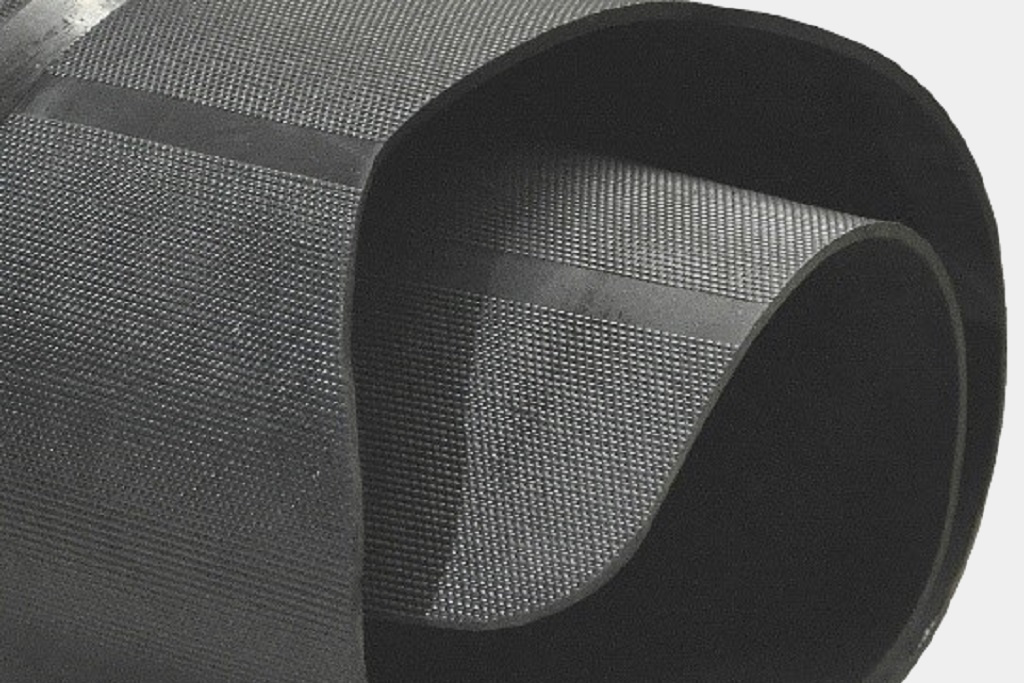I am looking at a pressure sensor to install on my G37 ,
I can purchase the Silicone option for just under $60 where as the HNBR option will be $96 shipped.
The data sheet says I should get the HNBR material but, we talk about Silicone ADBVs all the time.
Can I save a buck here and go with the Silicone option?

I can purchase the Silicone option for just under $60 where as the HNBR option will be $96 shipped.
The data sheet says I should get the HNBR material but, we talk about Silicone ADBVs all the time.
Can I save a buck here and go with the Silicone option?

